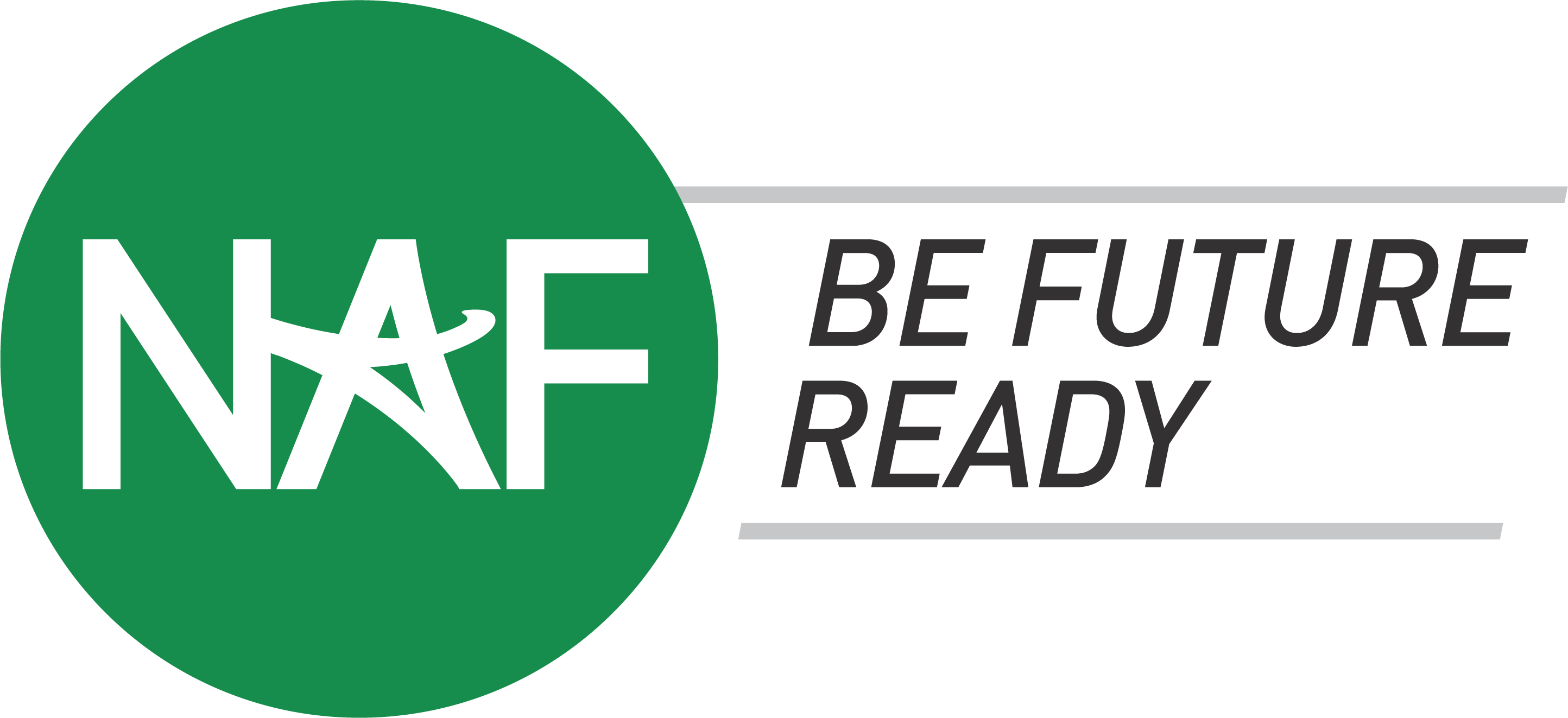Good schools have intentional—not inherited—features. They share a set of agreements that create coherence around a few animating ideas. Strategies, structures, schedules, systems, and even spaces are aligned. Everything works together for teachers and learners toward a few key priorities.
It’s certainly easier to create this level of alignment by starting from scratch. It’s also possible, over time with effective and sustained leadership, to transform a school or even create a coherent system. This kind of ‘retrofit’ approach is far more challenging, however.
Once a school moves through the intentional design or transformation phase, the focus then shifts to its students. What will instruction look like in this new environment? Unique aspects of distinctive learning models may be incorporated; these can be referred to as signature learning experiences. They are encouraged experiences aimed at meeting a school’s priority learning goals.
Schools with signature learning experiences include senior engineering projects at Design Tech High School and service learning at Quest ECHS.
High value internships, like those featured at schools in the Big Picture, NAF and Cristo Rey networks are signature learning experiences. Big Picture even created a mobile app to expand access to and manage students’ internships.
Travel-based learning is a signature of Democracy Prep, where graduates often visit five continents. Most students at University Academy in Kansas City study abroad. Superintendent Tony Kline said the trips are often life changing and prepare the students to leave home, live independently and feel included at college.
Palo Alto High School encourages journalism experiences associated with one of its 10 student-led publications.
A number of after-school programs support signature learning experiences. For example, FIRST supports robotics competitions and NFTE offers entrepreneurship experiences.
Signature Building Blocks
Some schools and networks have building blocks that are repeatedly included to promote powerful learning experiences.
The 200 schools in the New Tech Network use team-taught integrated projects in big blocks of time and in double classrooms.
The 16 schools in the High Tech High network feature double classrooms in a pod of four, with common space that supports authentic and collaborative design and project work.
Some schools replace traditional semester courses with projects and ‘skill sprints’:
Quests at Acton Academy, a global network of more than 200 schools, are four to six week challenges bound by a compelling narrative and designed to deliver 21st century skills. Quests are complemented daily by core skill sprints and Socratic dialogs.
Design Labs at One Stone, an innovative high school in Boise, Idaho, are three to four week community-connected projects.
Purdue Polytech uses projects and dojos to organize unique student schedules. Dojos are workshops for content acquisition and application.
NuVu, in Cambridge, Massachusetts, is an innovative school based on a project-based studio model led by coaches who are experts in diverse fields and passionate thought leaders.
All of these schools include a spine of an advisory system: a block of time where a small group meets with an advisor three to five times weekly.
Dual language experiences are a signature building block in Dallas ISD and El Paso ISD.
Why Consider Signature Learning Experiences
A growing number of schools, districts and networks are adopting broader outcome frameworks as part of their new learning models. In particular, many of these schools are exploring the shift to competency, including more authentic demonstrations of learning and student progress based on demonstrated mastery rather than seat time.
One of the risks in shifting to a competency approach is racing through experiences at a shallow depth of knowledge with few application opportunities. One solution is requiring a bundle of signature learning experiences to bolster a list of competencies in mastery-based system, which reduces pacing issues and ensures deeper learning.
Signature experiences and signature building blocks can promote model efficacy, prioritize important outcomes for students and serve to differentiate schools and networks.


